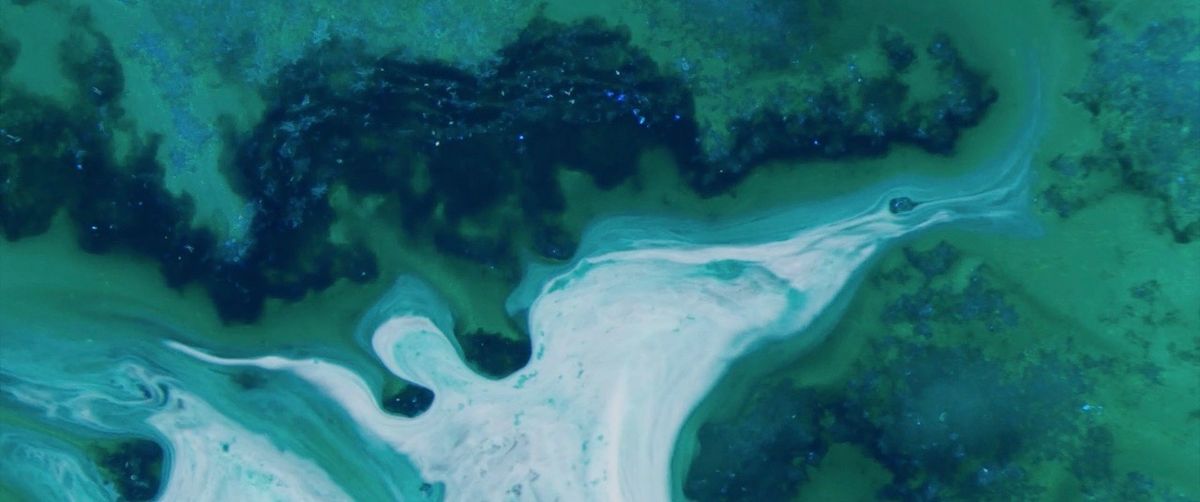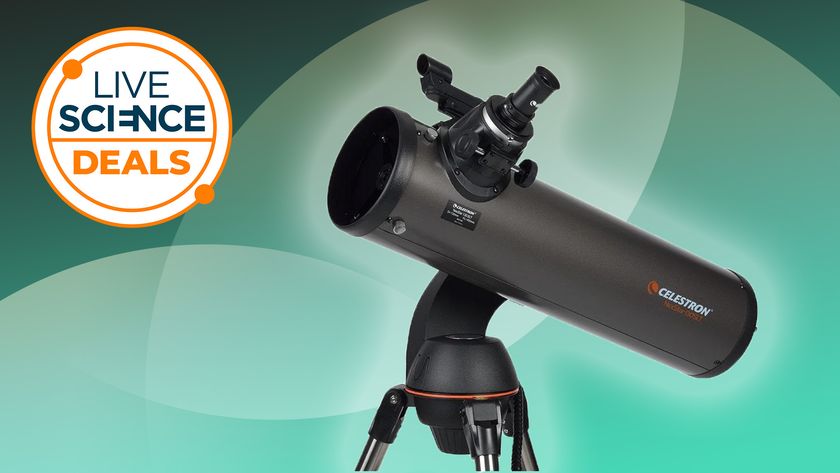Microscopic Look at Seasonal Colors Dazzles the Eyes in Video

When the seasons change, they typically usher in new splashes of color — from the bright hues of blooming flowers to the rich tones of leafy trees. Now, a mesmerizing new video shows that these explosions of color are just as spectacular (and perhaps even more so) at teeny-tiny scales in the microscopic world.
In "Seasons," a video from Beauty of Science, an educational outreach organization, microscopic and macro-lens footage from previous projects were used to create a colorful display of the world's changing seasons. From crystals slowly growing to water droplets moving across the screen, the video clips are used to get viewers the feelings of the seasons as they change.
Yan Liang, a chemist and producer for Beauty of Science, said the organization's videos are "explorations of visual art under a microscope." [Small World: Gallery of Microscopic Beauty]
One previous Beauty of Science video series used in "Seasons" was Miniglobelet, which looked at crystallization, and color pigments interacting with various liquids (alcohol, water, ink remover, soft drinks, etc.) to create miniature dream-like sceneries.
Another video series included in "Seasons" was called Envisioning Chemistry, a project that captures chemical reactions using special photography techniques. Liang explained that they film reactions like the movement of metal, or the combustion of elements. Crystallization is a common reaction, with the videos capturing the creation of the crtystalline veins.
While crystallization, for example, has a clear connection to the winter season, the Beauty of Science team's use of colorants and other materials allows for the short film's seasonal transitions.
In other videos, Beauty of Science has tackled different experiments, including a recent film that shows how an M&M candy dissolves in water.
Sign up for the Live Science daily newsletter now
Get the world’s most fascinating discoveries delivered straight to your inbox.
Capturing the microscopic world on video has long been an aspect of scientific research, but it has also been expanded to educational and entertainment purposes. The American Chemical Society, for example, has a video series on YouTube that explains different chemical reactions, from sparklers to fluorescence.
Original article on Live Science.

Most Popular




